Ultrasonic flaw detection of castings
Due to the coarse grains, poor sound permeability and low signal-to-noise ratio of castings, it is difficult to detect flaws. It uses sound beams with high-frequency sound energy to propagate inside the castings, and when they encounter internal surfaces or defects, they reflect and find defects.
The magnitude of the reflected sound energy is a function of the directivity and nature of the inner surface or defect and the acoustic impedance of this reflector. Therefore, various defects or sound energy reflected by the inner surface can be used to detect the location, wall thickness or surface of the defect.
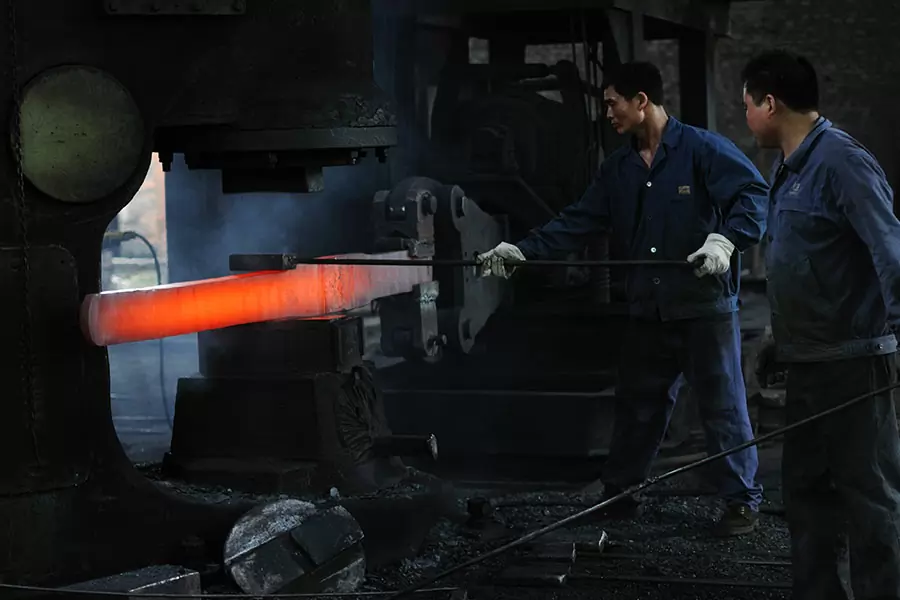
The depth of the next defect. Ultrasonic testing is a widely used non-destructive testing method. Its main advantages are: high detection sensitivity, which can detect small cracks; it has large penetrating ability and can detect thick section castings. Its main limitations are: it is difficult to explain the reflected waveform of the disconnected defect with complex outline size and poor directivity; for undesirable internal structures, such as grain size, structure, porosity, inclusion content or fine dispersion Precipitates, etc., also hinder the interpretation of the waveform; in addition, the standard test block should be referenced when testing.
Ultrasonic flaw detection of forgings
(1) Forging processing and common defects
Forgings are formed by forging and pressing hot steel ingots. The forging process includes heating, deformation and cooling. Forging defects can be divided into casting defects, forging defects and heat treatment defects. Casting defects mainly include: residual shrinkage cavity, looseness, inclusions, cracks, etc. Forging defects mainly include: folding, white spots, cracks, etc. The heat treatment defects are mainly cracks.
The shrinkage cavity residue is the residual shrinkage cavity in the ingot when the cutting head is insufficient during forging, and it is more common at the end of the forging.
Porosity is the lack of compactness and cavities formed during the solidification and shrinkage of the steel ingot. During forging, it is not fully fused due to insufficient forging ratio, and mainly exists in the center and head of the steel ingot.
Inclusions include internal inclusions, foreign non-metallic inclusions and metal inclusions. The internal inclusions are mainly concentrated in the center and head of the ingot.
Cracks include casting cracks, forging cracks and heat treatment cracks. Austenitic steel axis intergranular cracks are cracks caused by casting. Improper forging and heat treatment will form cracks on the surface or core of the forging.
The white spot is the high hydrogen content of the forging, and the cooling is too fast after forging, and the hydrogen dissolved in the steel is too late to escape, causing cracking caused by excessive stress. The white spots are mainly concentrated in the center of the large section of the forging. White spots always appear in groups in steel.
(2) Overview of flaw detection methods
According to the classification of inspection time, forging inspection can be divided into raw material inspection and inspection in the manufacturing process, product inspection and in-service inspection.
The purpose of raw material flaw detection and flaw detection in the manufacturing process is to find defects as early as possible, so as to take timely measures to avoid the development and expansion of defects and cause scrapping. The purpose of product inspection is to ensure product quality. The purpose of in-service inspection is to monitor defects that may occur or develop after operation, mainly fatigue cracks.
1. Flaw detection of shaft forgings
The forging process of shaft forgings is mainly based on lengthening, so the orientation of most of the defects is parallel to the axis, and the detection of such defects is best with a longitudinal wave straight probe from the radial direction. Considering that the defects will have other distribution and orientation, the flaw detection of shaft forgings should also be supplemented with straight probe axial detection and oblique probe circumferential detection and axial detection.
2. Flaw detection of cake and bowl forgings
The forging process of cake and bowl forgings is mainly based on upsetting, and the distribution of defects is mainly parallel to the end surface. Therefore, detecting the defects on the end surface with a straight probe is the best method to detect defects.
3. Flaw detection of tube forgings
The forging process of barrel forgings is first upsetting, then punching, and then rolling. Therefore, the orientation of defects is more complicated than the orientation of defects in shaft forgings and cake forgings. However, since the central part of the ingot with the worst quality has been removed during punching, the quality of cylindrical forgings is generally better. The main orientation of the defects is still parallel to the outer surface of the cylinder, so the detection of the cylindrical forgings is still based on the detection of the outer cylindrical surface of the straight probe, but for the thicker wall of the cylindrical forgings, an oblique probe must be used for detection.
(3) Selection of detection conditions
Probe selection
In ultrasonic inspection of forgings, longitudinal wave straight probes are mainly used. The size of the chip is Φ14~Φ28mm, and Φ20mm is commonly used. For smaller forgings, considering the near-field area and coupling loss reasons, small chip probes are generally used. Sometimes in order to detect defects that are inclined at a certain angle with the detection surface, an oblique probe with a certain K value can also be used for detection. For short-distance defects, due to the influence of the blind area and near-field area of the straight probe, the double crystal straight probe is often used for detection.
The grains of forgings are generally finer, so a higher frequency of flaw detection can be selected, usually 2.5~5.0MHz. For a few forgings with coarse grains and severe attenuation, in order to avoid “forest echo” and improve the signal-to-noise ratio, a lower frequency should be selected, generally 1.0-2.5MHz.
The Detail Of BE-CU Die Casting Company

If you are looking for dependable volume manufacturing metal parts supplier with High pressure die casting service who offers you competitive price, good service and quality for aluminium die casting, zinc, or magnesium die casting, then BE-CU Prototype are surely a partner you are looking for to fulfill all your die casting needs. With quality service and state of art technology, BE-CU indeed claim in providing quality pressure die casting including aluminum/zamak/magnesium alloy castings to our customers all over the world.
To work with us,be-cu don’t just stop at taking your order and delivering your die casting products. be-cu are there for you at every step right from your preferred selection of aluminum die casting, Zamak die casting (Zamak 2, Zamak 3, Zamak 5, Zamak 8) or magnesium die casting products and services to post-order phase. In brief, once you become our customer, be-cu are with you every step on the way.
-
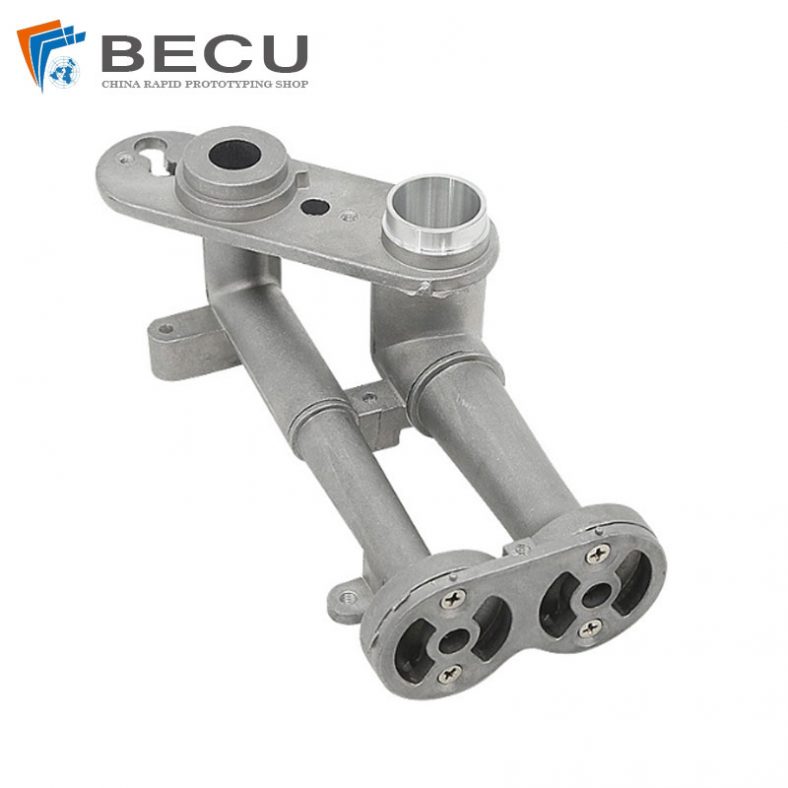
CNC Machining Gas Stove Bottom Joint
-

Gravity Die Casting Custom Street Light Heat Sink
-
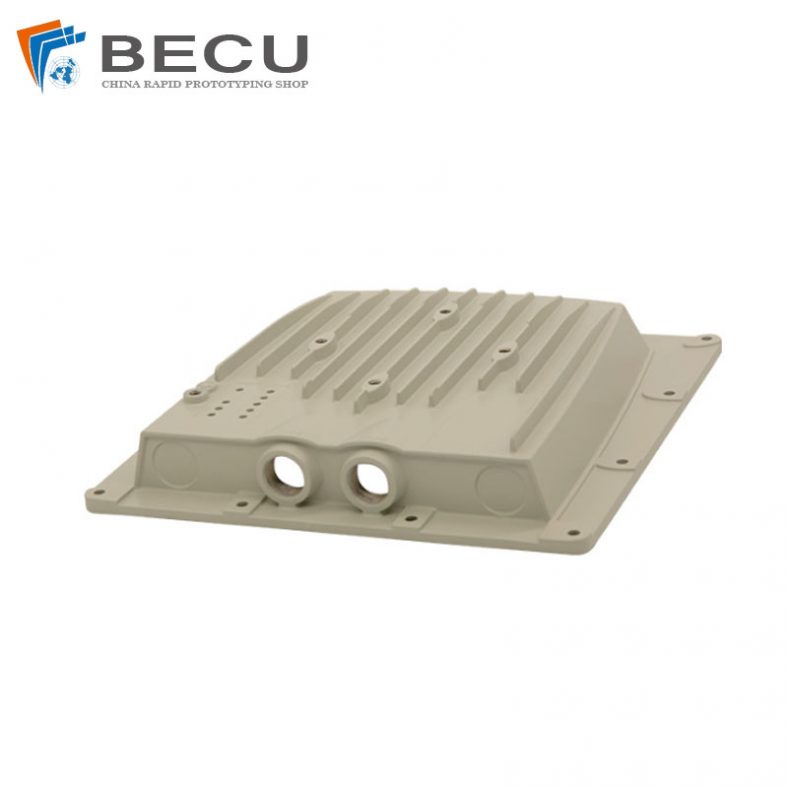
Die Casting LED Canopy Lights Heatsink For Gas Station
-
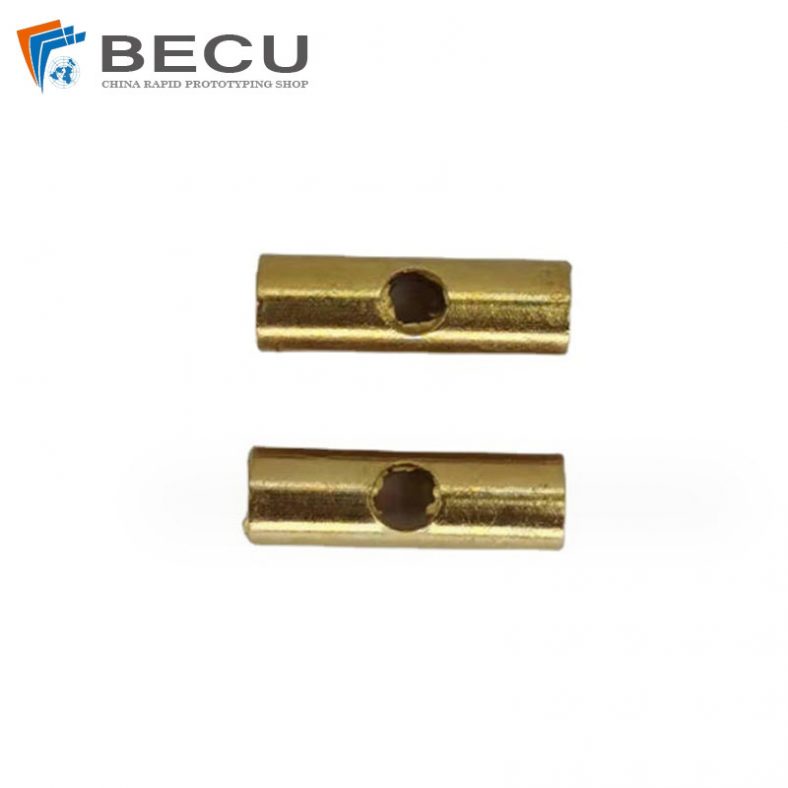
Zinc Die Casting PA10 Transformer Connector Terminal
-
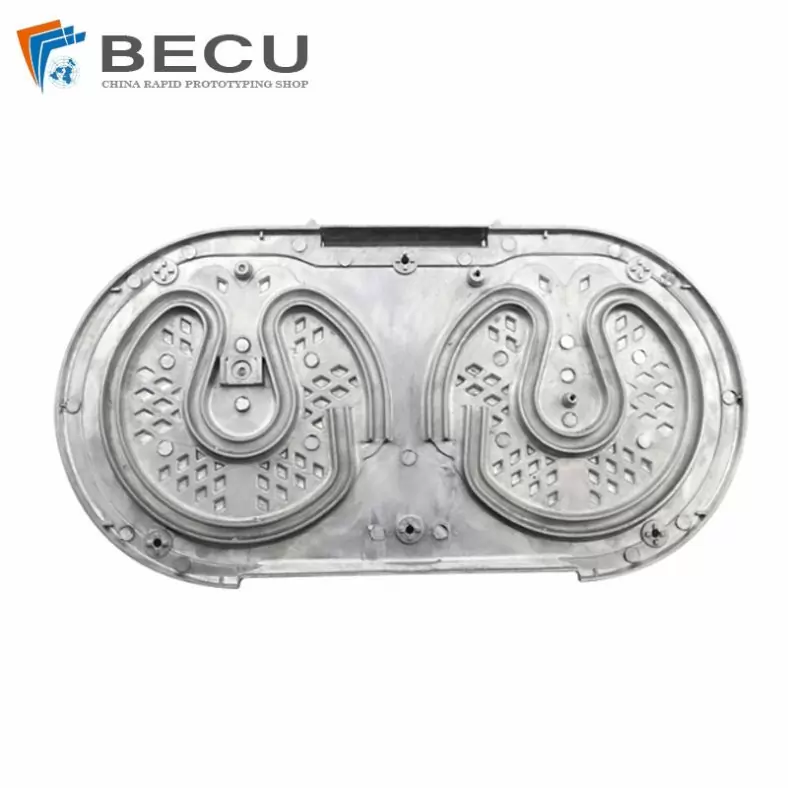
Die Casting Aluminium Cookware Chassis
-

Die Casting Wheels With Aluminum Alloy 5 Axis CNC Machining
-
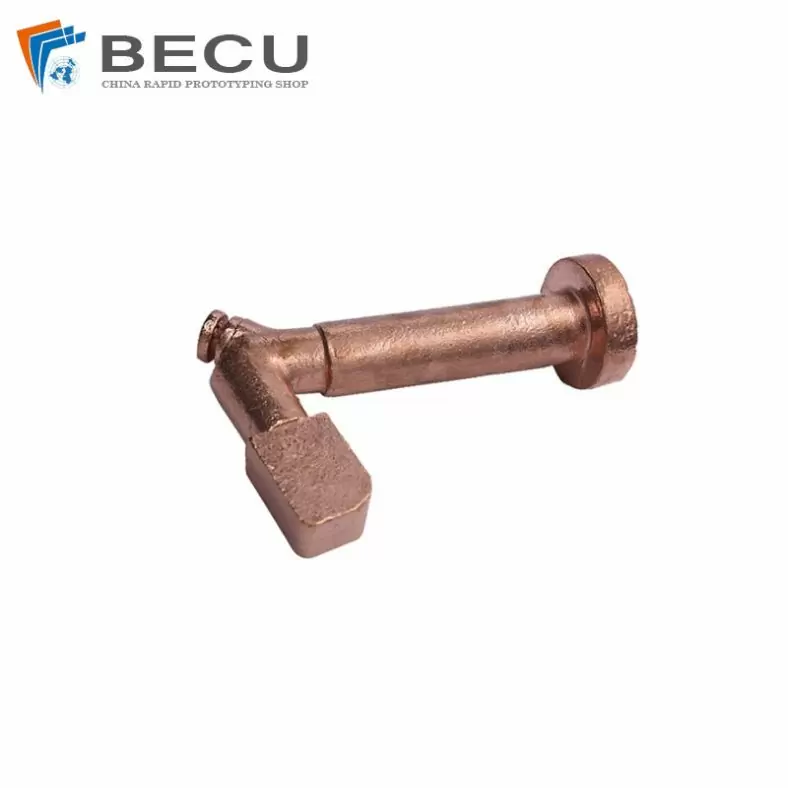
Precision Machined Copper Die Casting Parts
-
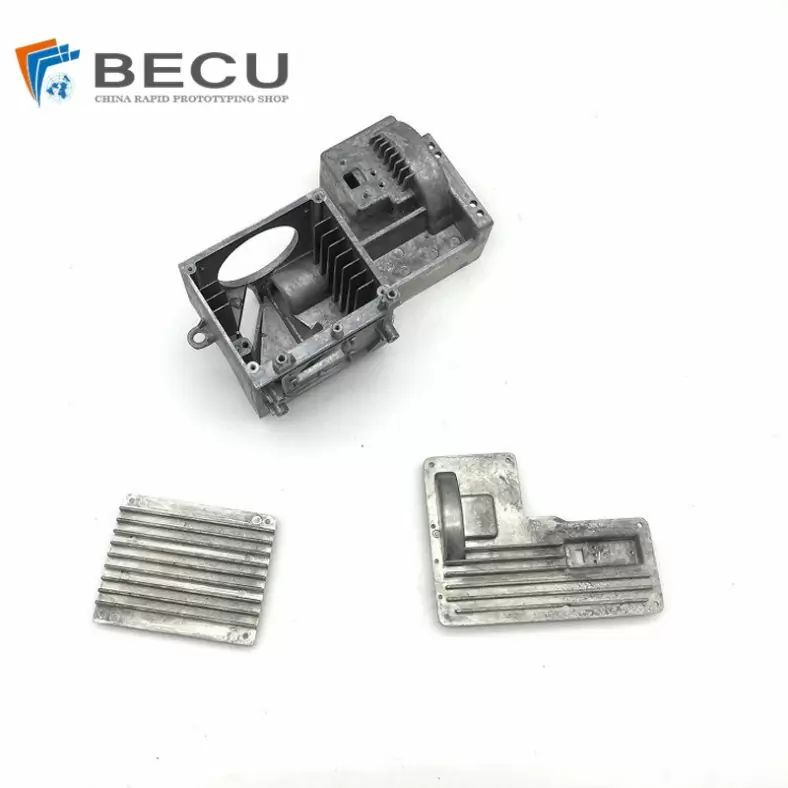
Professional Small Baler Aluminum Alloy Die-casting Mold Production
-
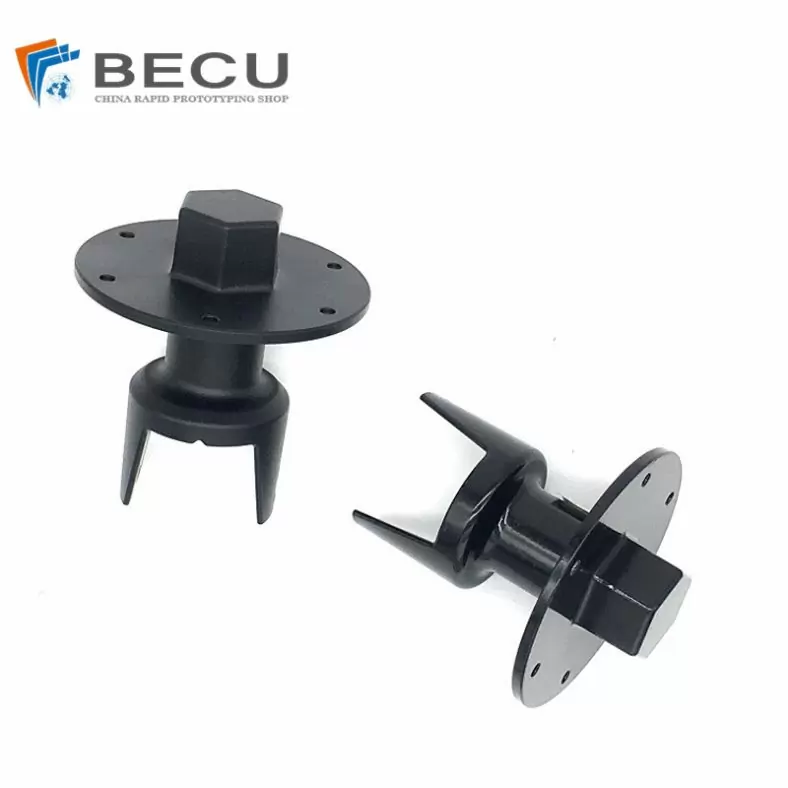
China Die Casting Factory Manufactures Surface Sprayed Aluminum Valve Body
-
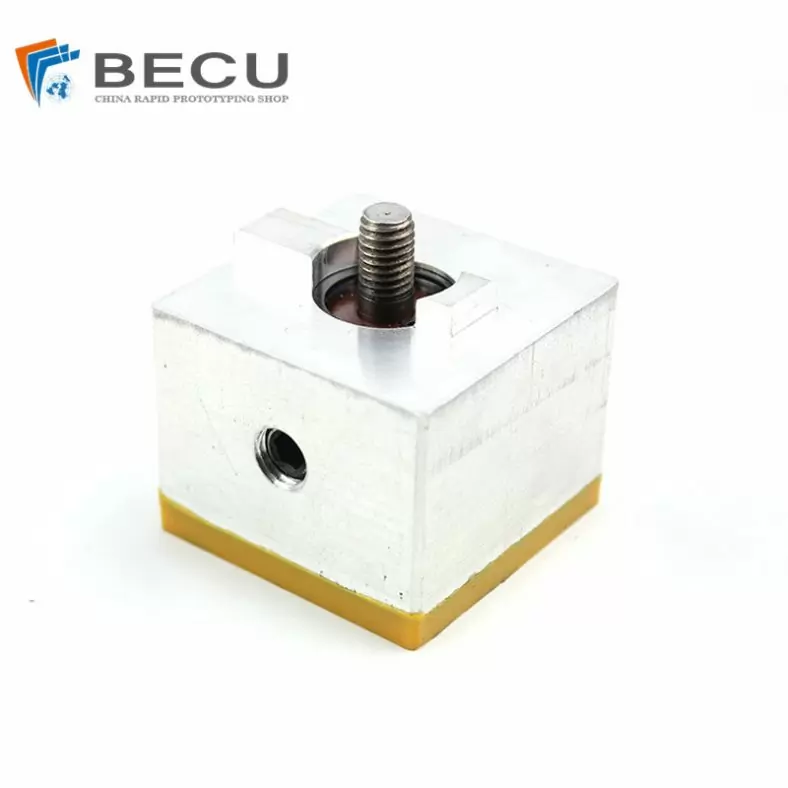
Extrusion Die-casting Polyurethane-Coated Aluminum Alloy Profiles
-

Custom Precision Aluminum Die Cast Brackets and Finishes
-
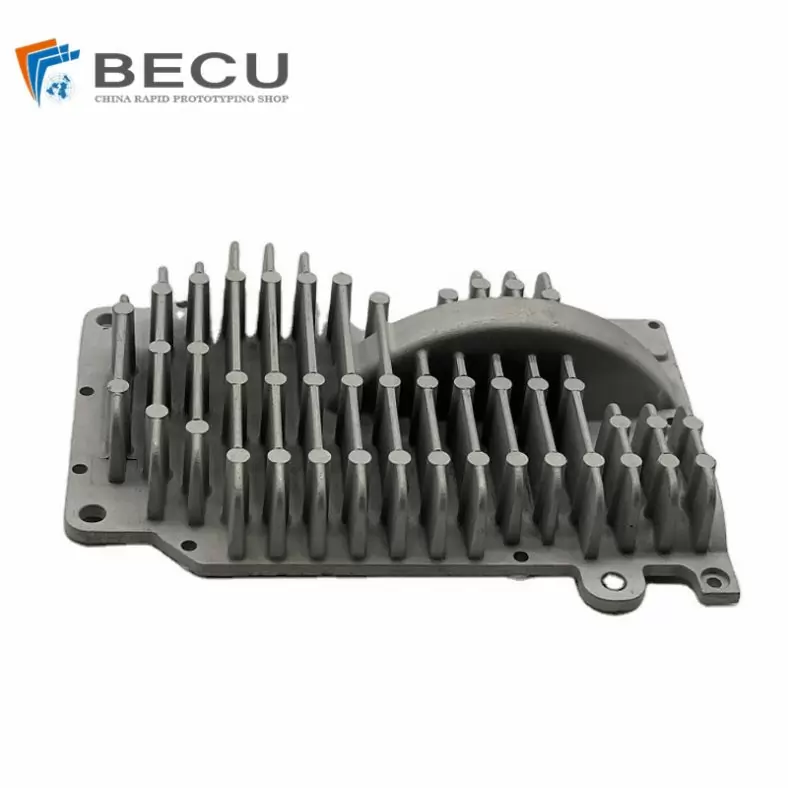
Extrusion Die-casting Magnesium Alloy Heat Sink Shell
